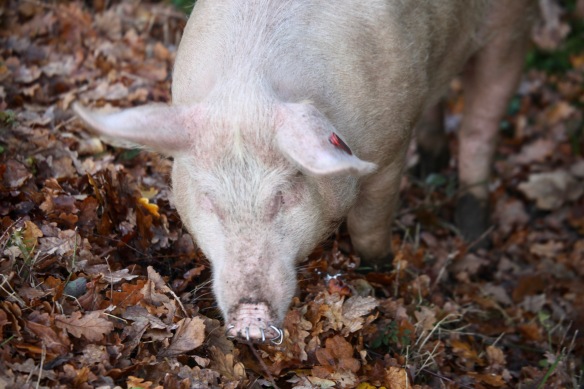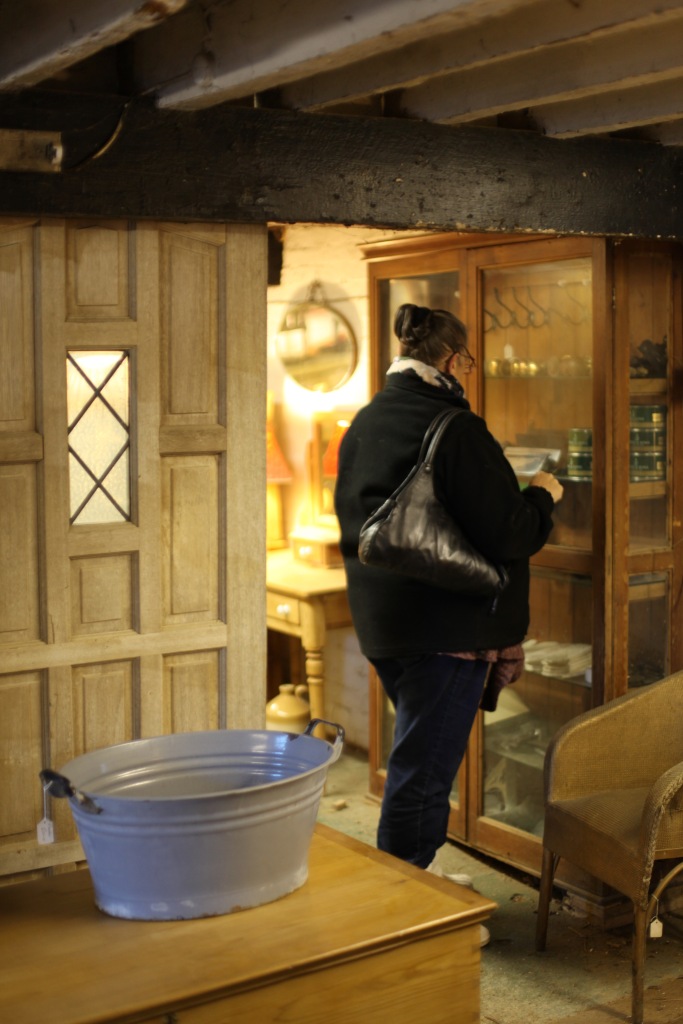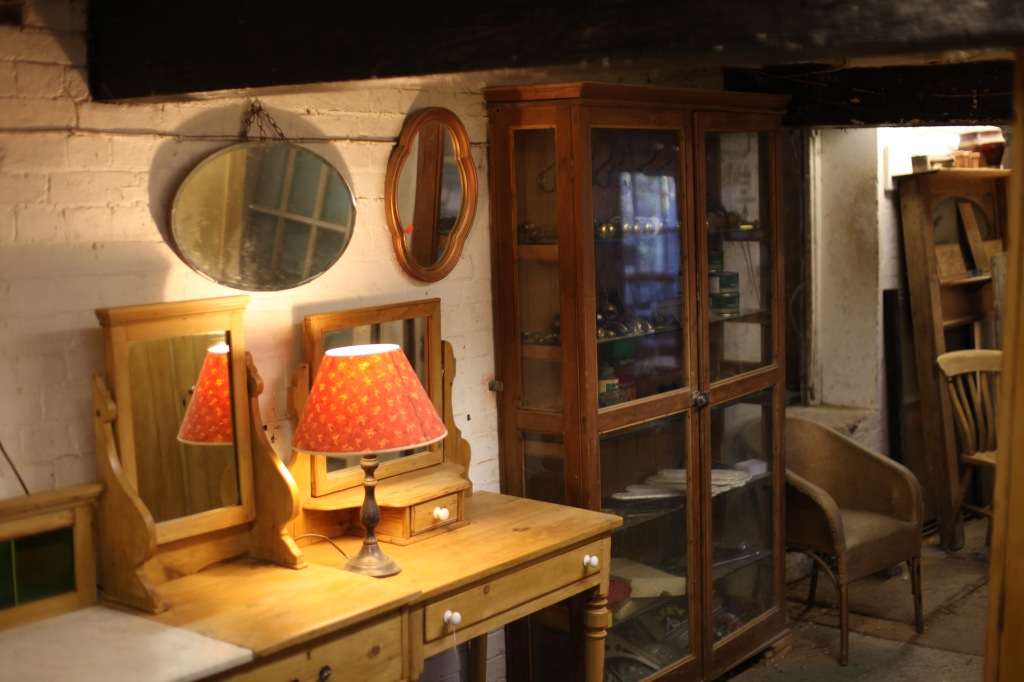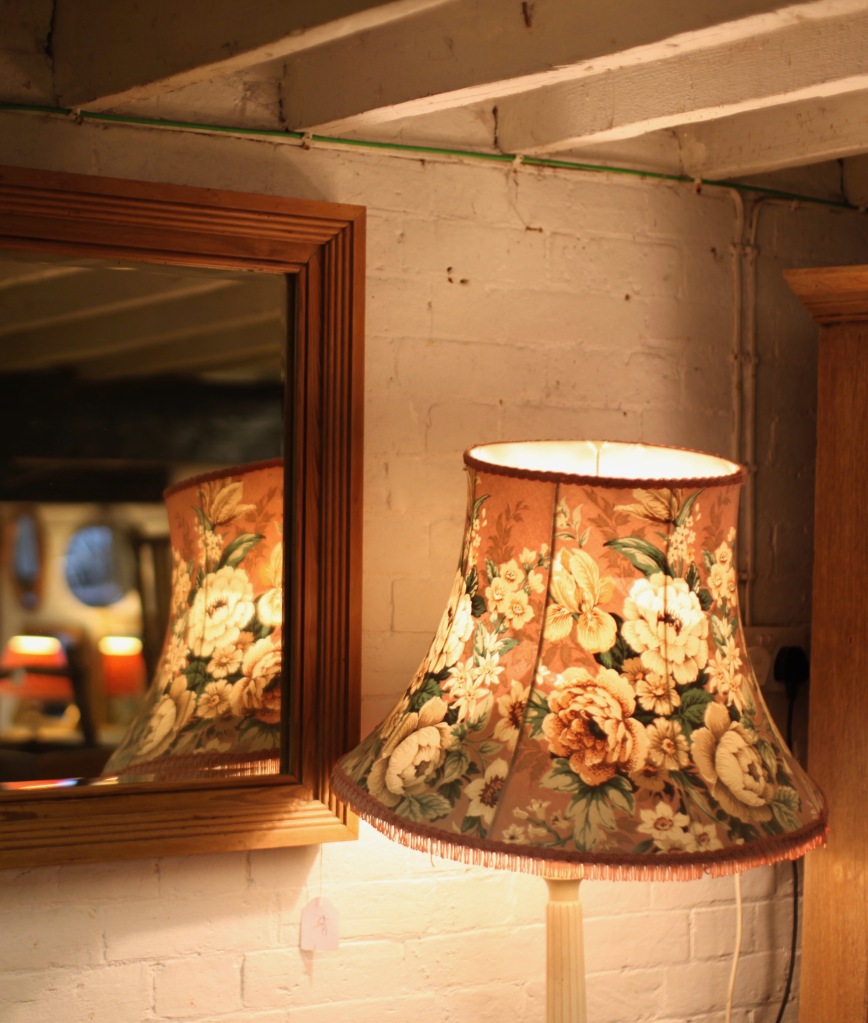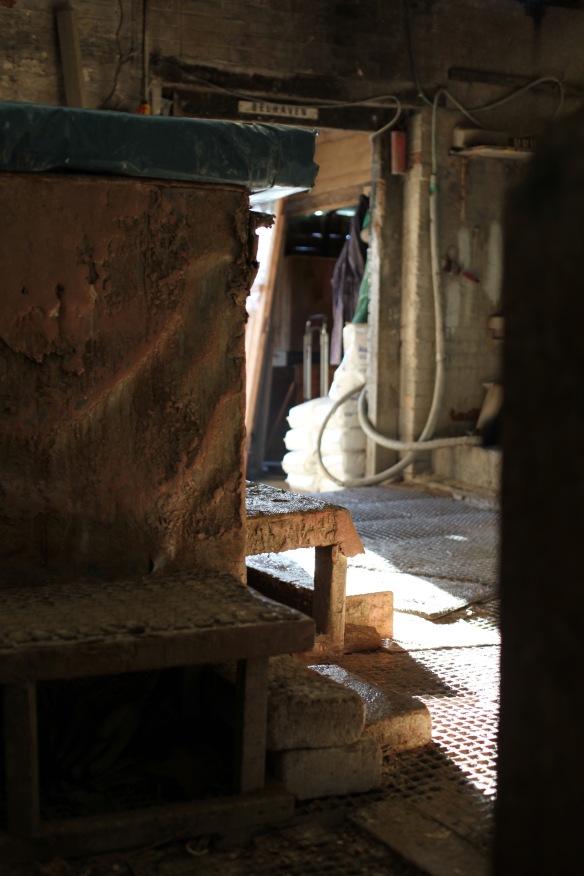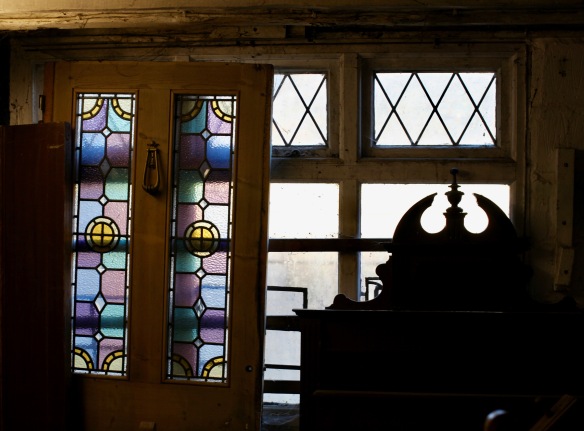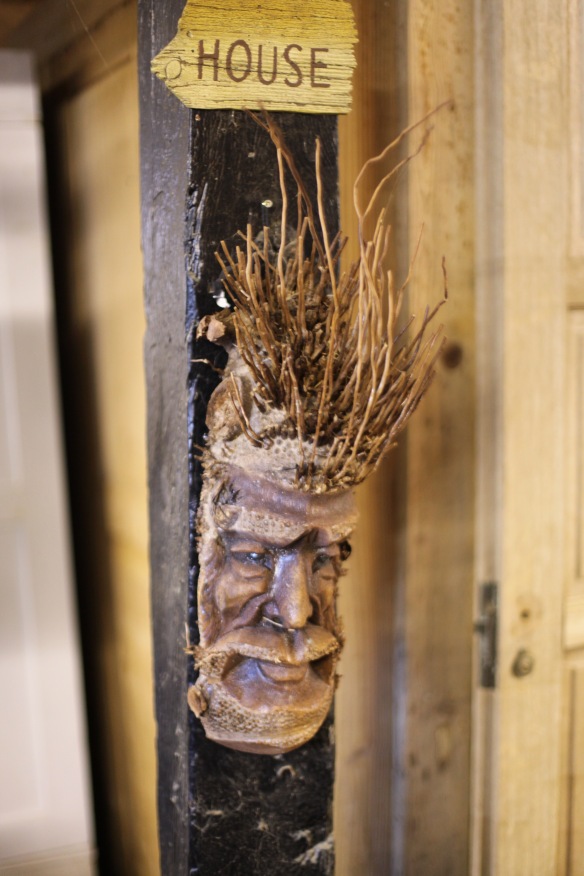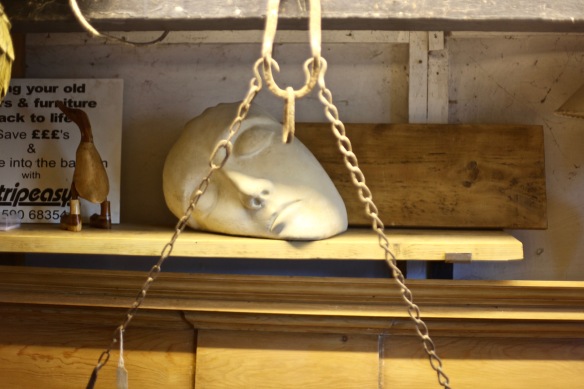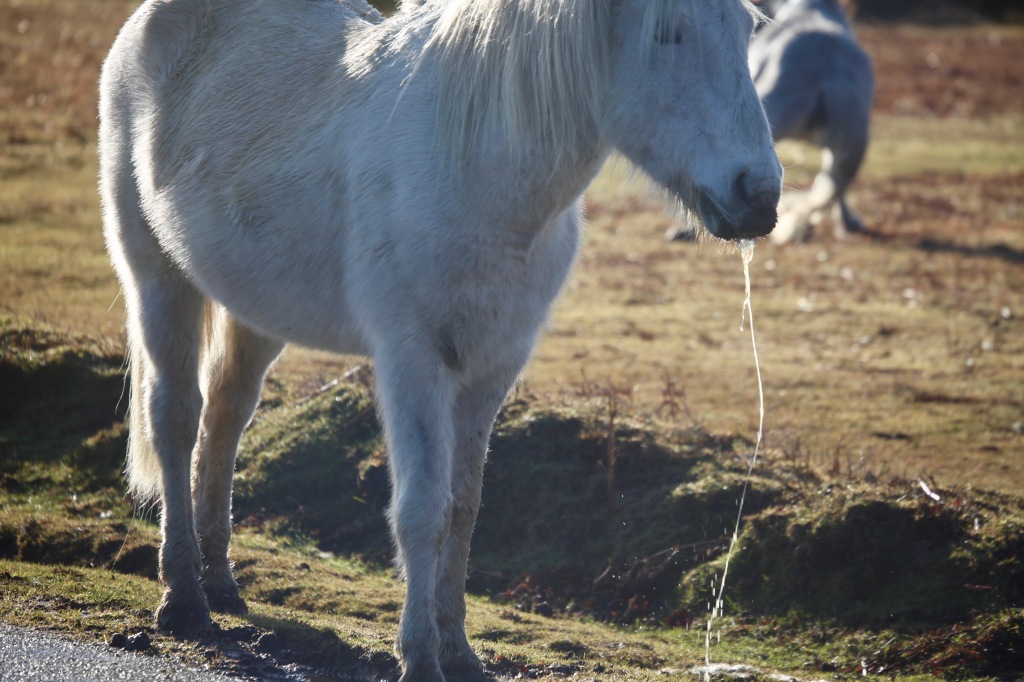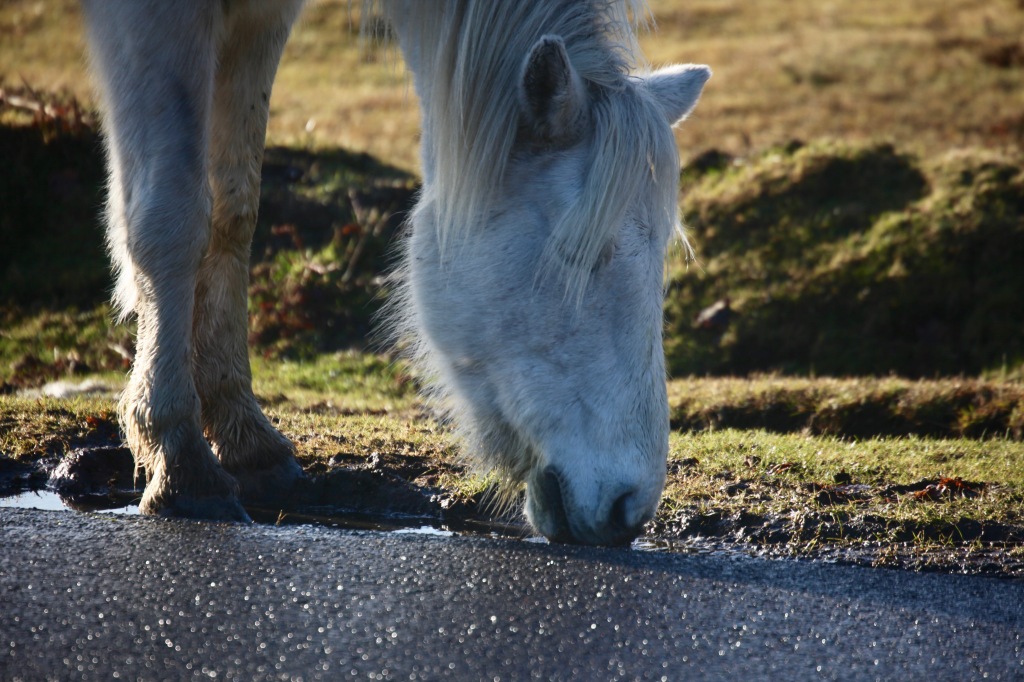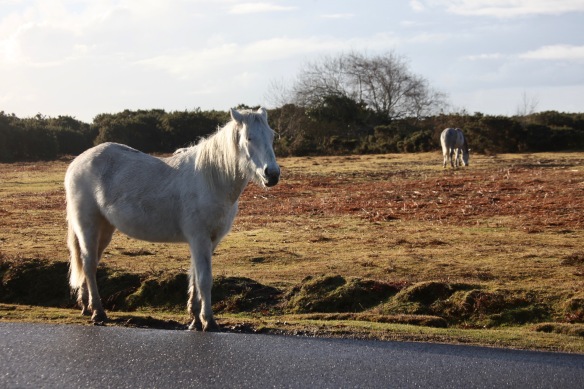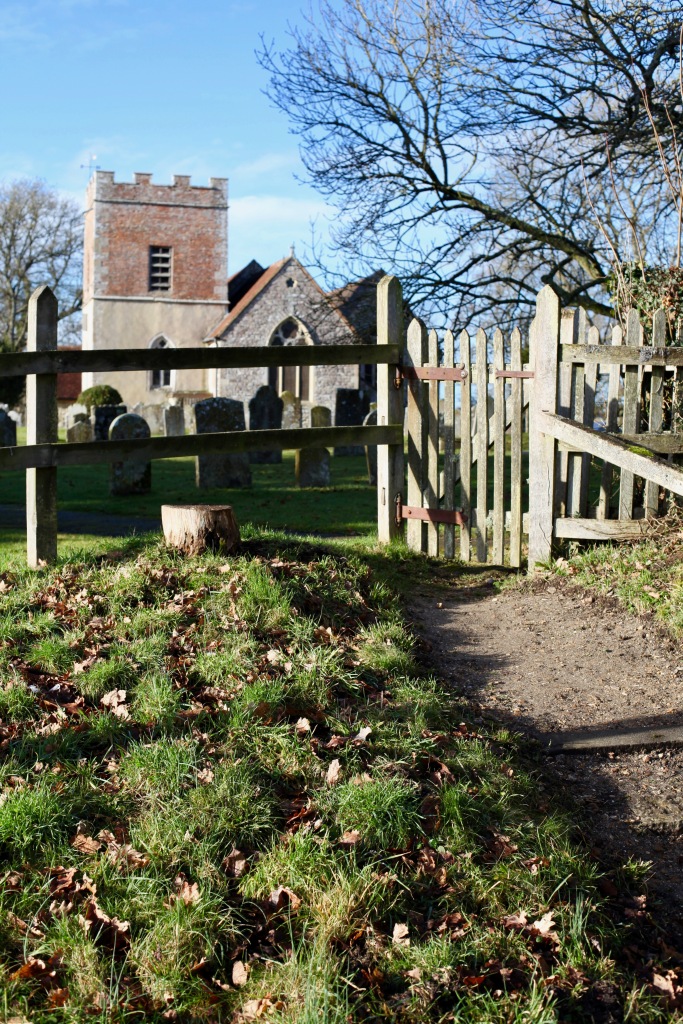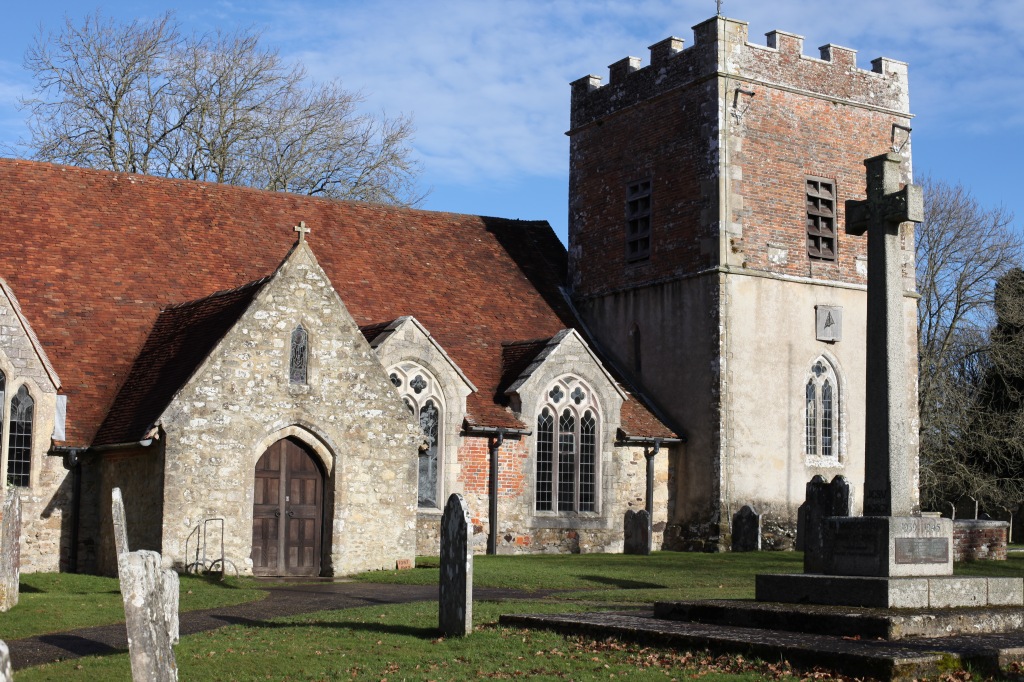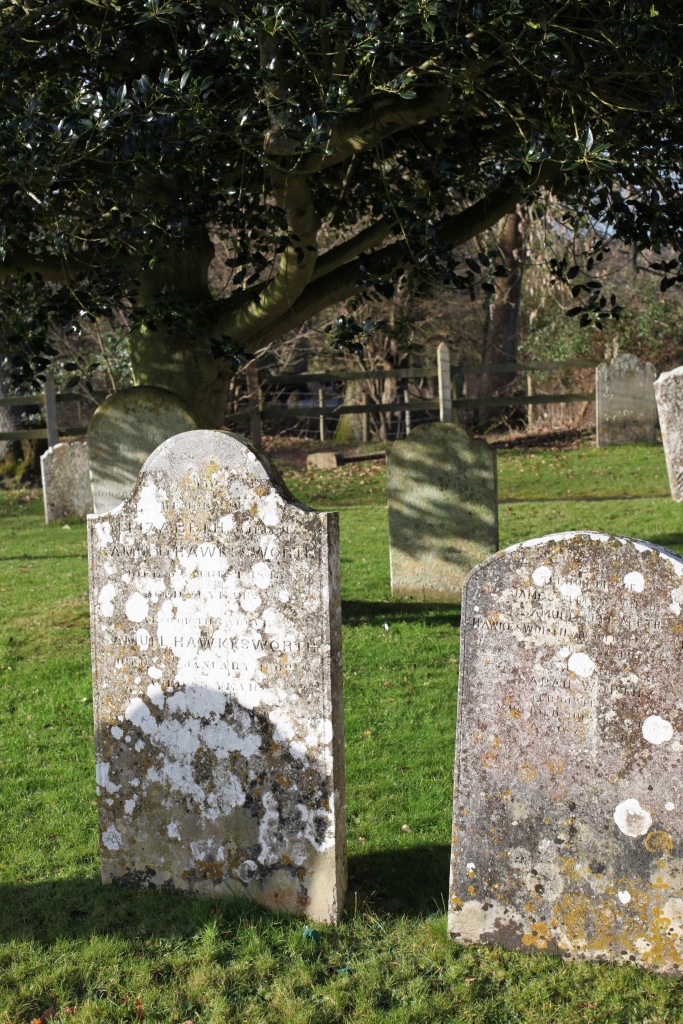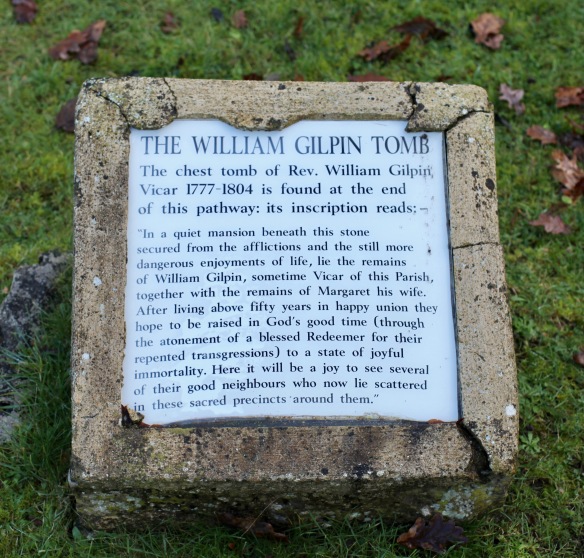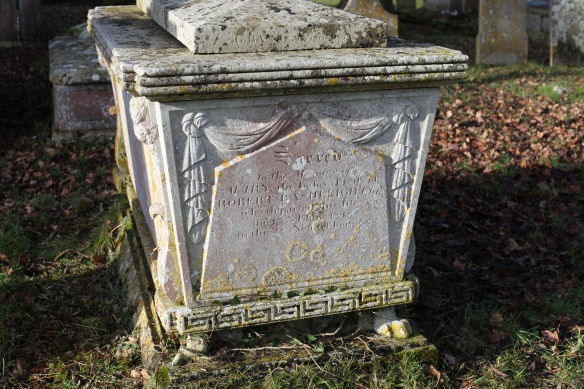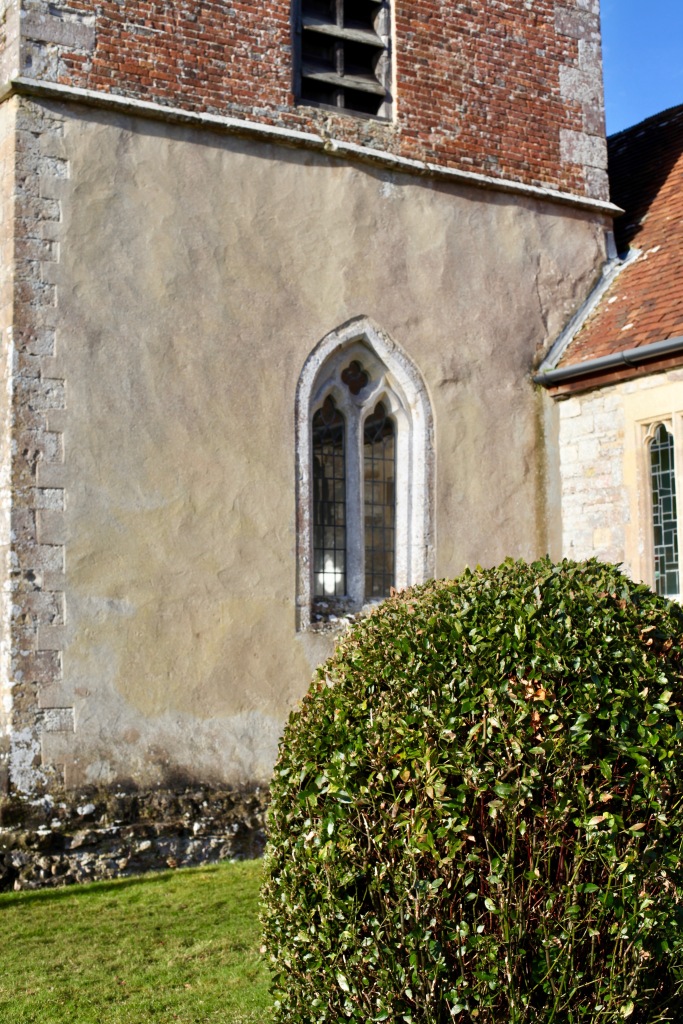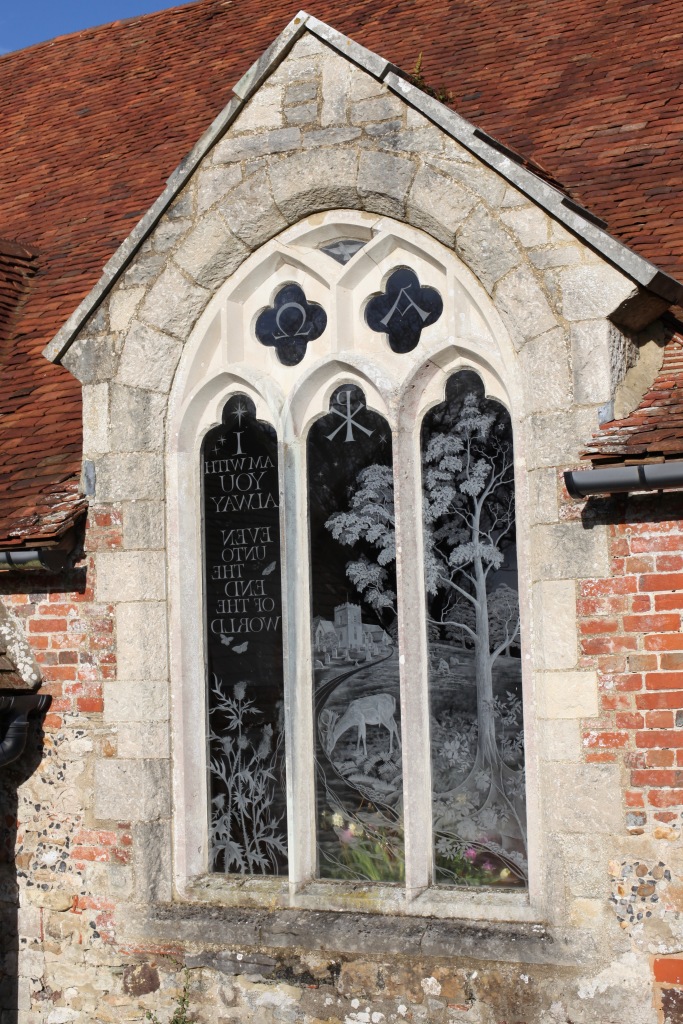


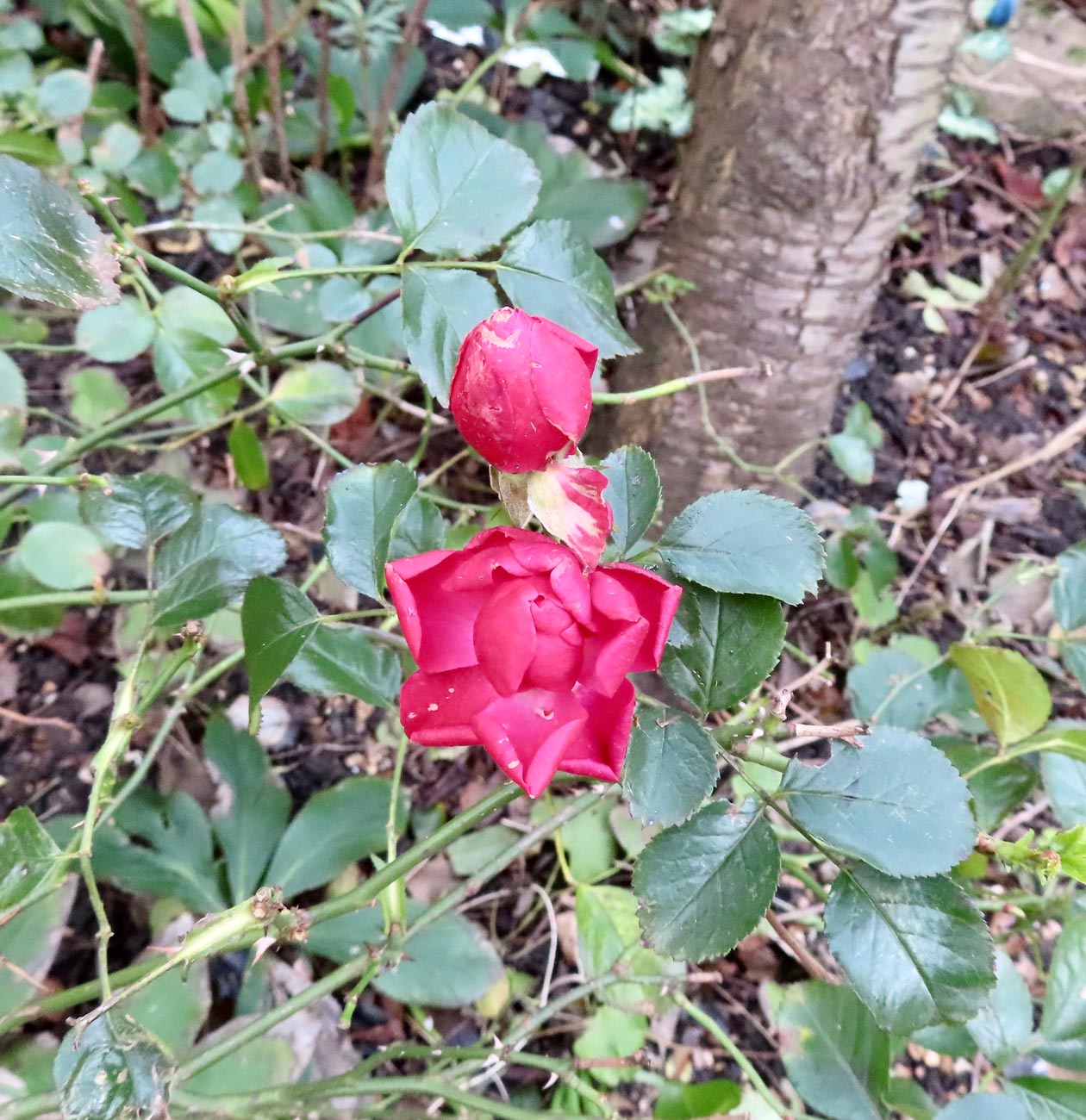

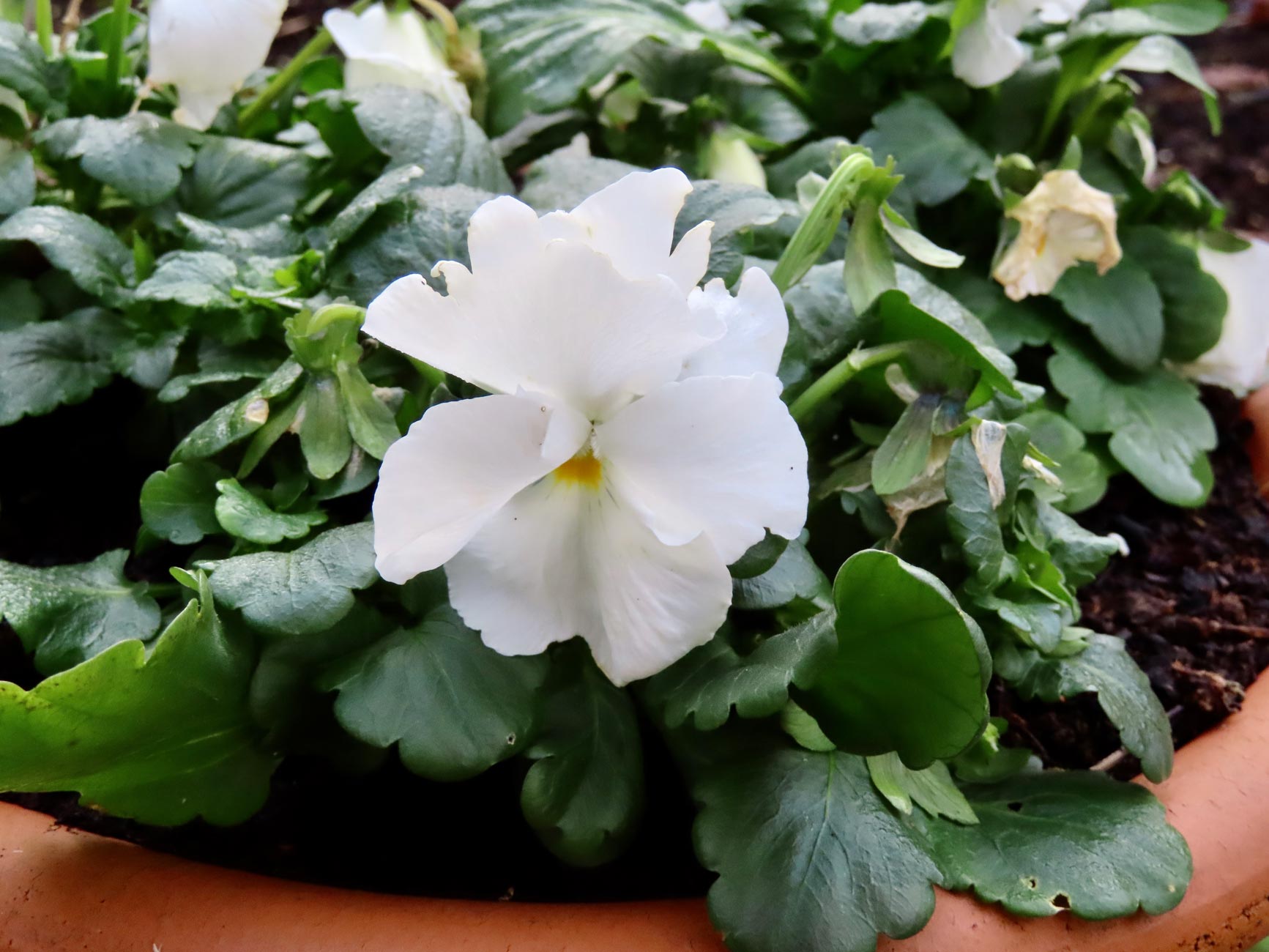
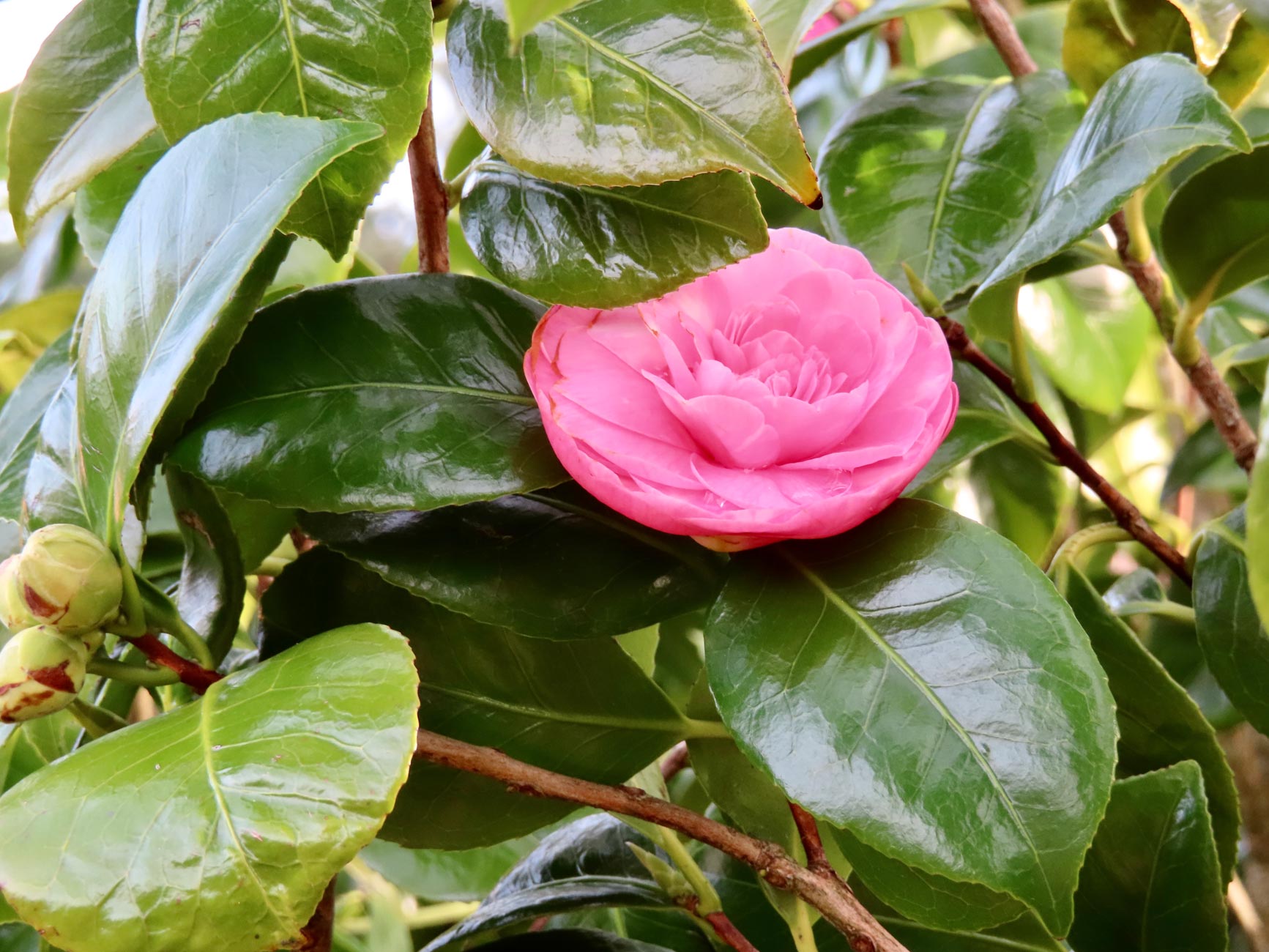

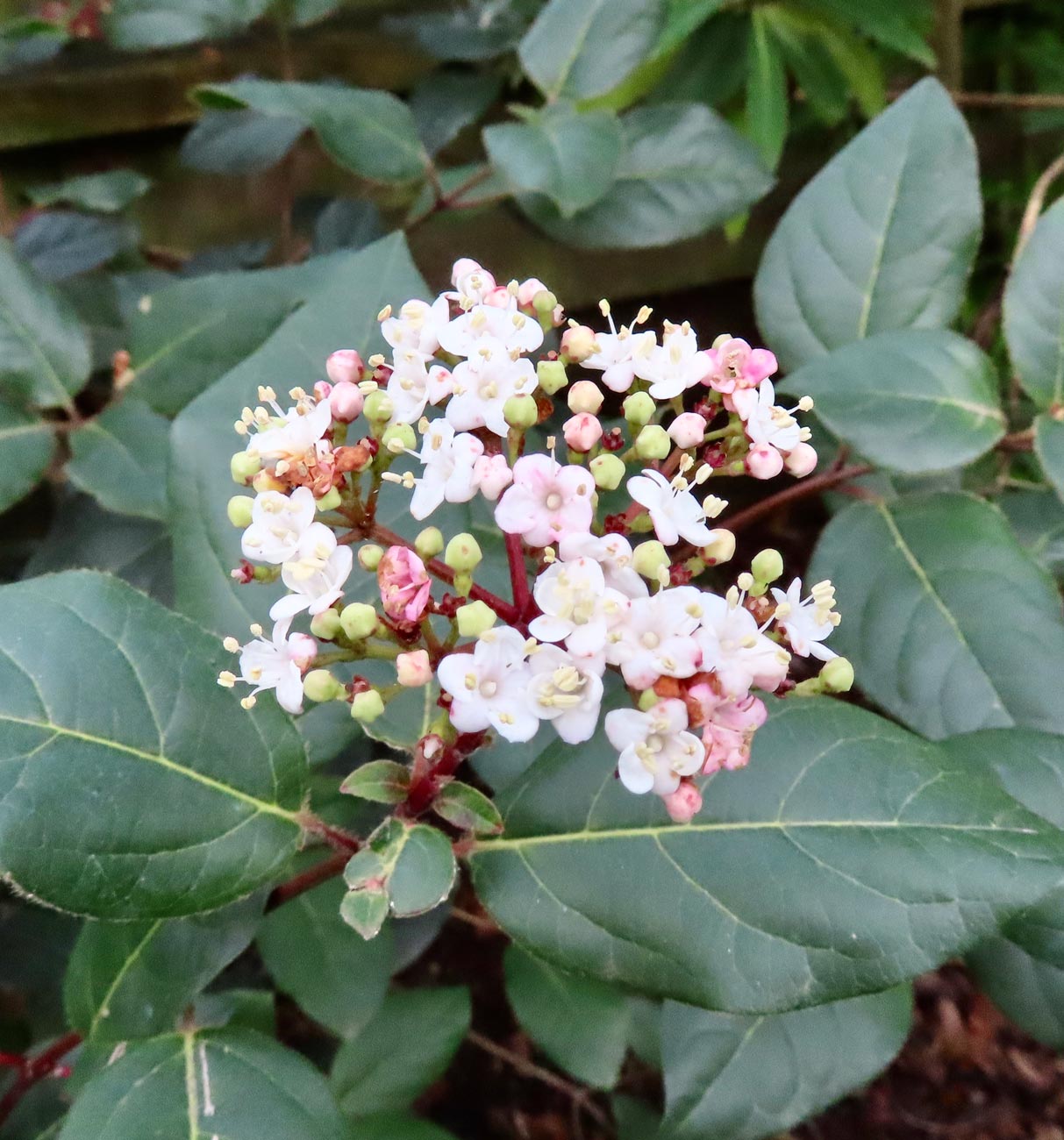



Early yesterday morning Jackie photographed some of our current garden blooms. Each is labelled in the gallery.
We decided to hold these back to today because of the quantity we had published of the St John the Baptist Cemetery photographs. Later, Elizabeth e-mailed me a selection of hers.

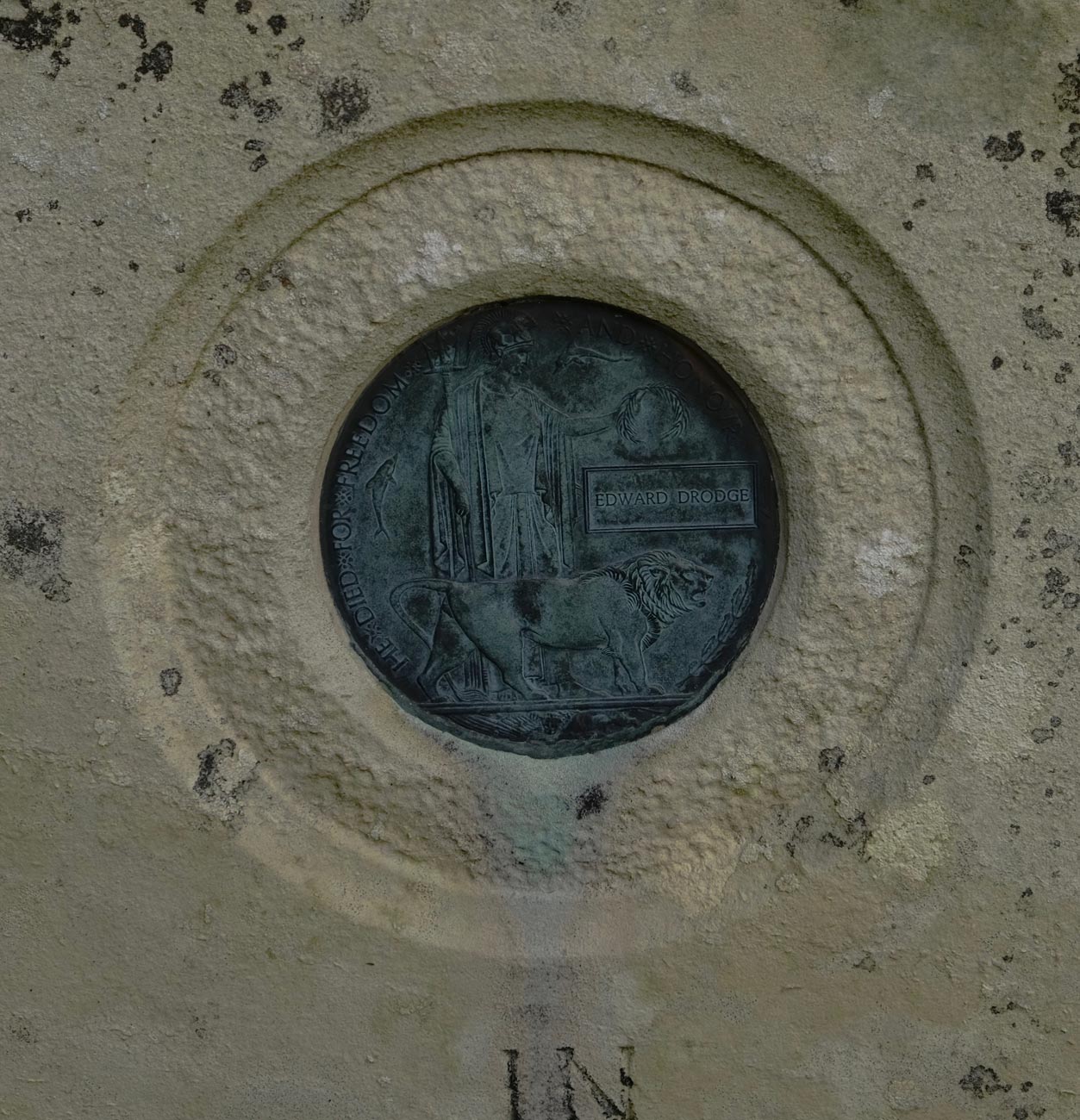
This is her take on the inserted death medals;
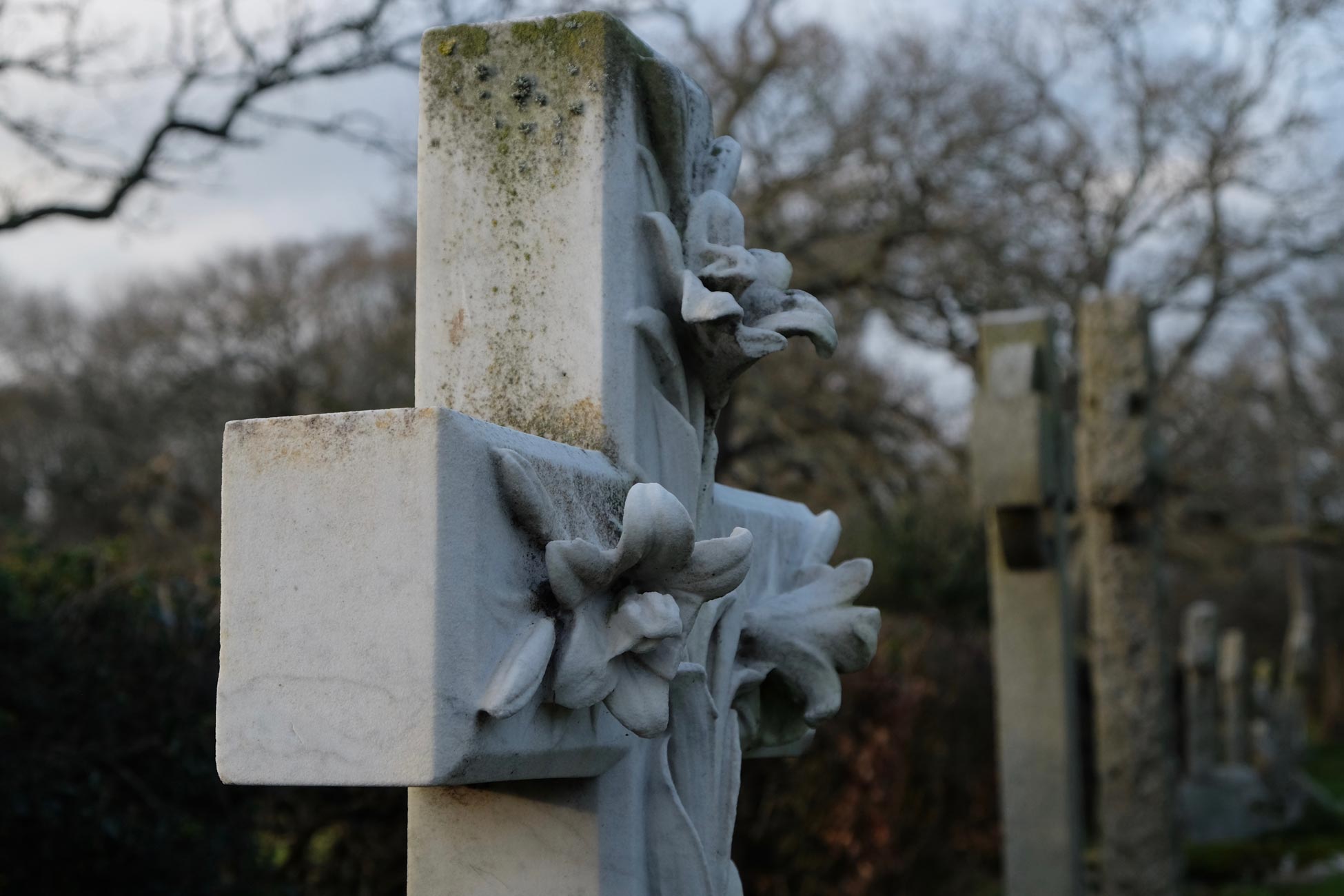
she also added her version of the House memorial carved lilies;

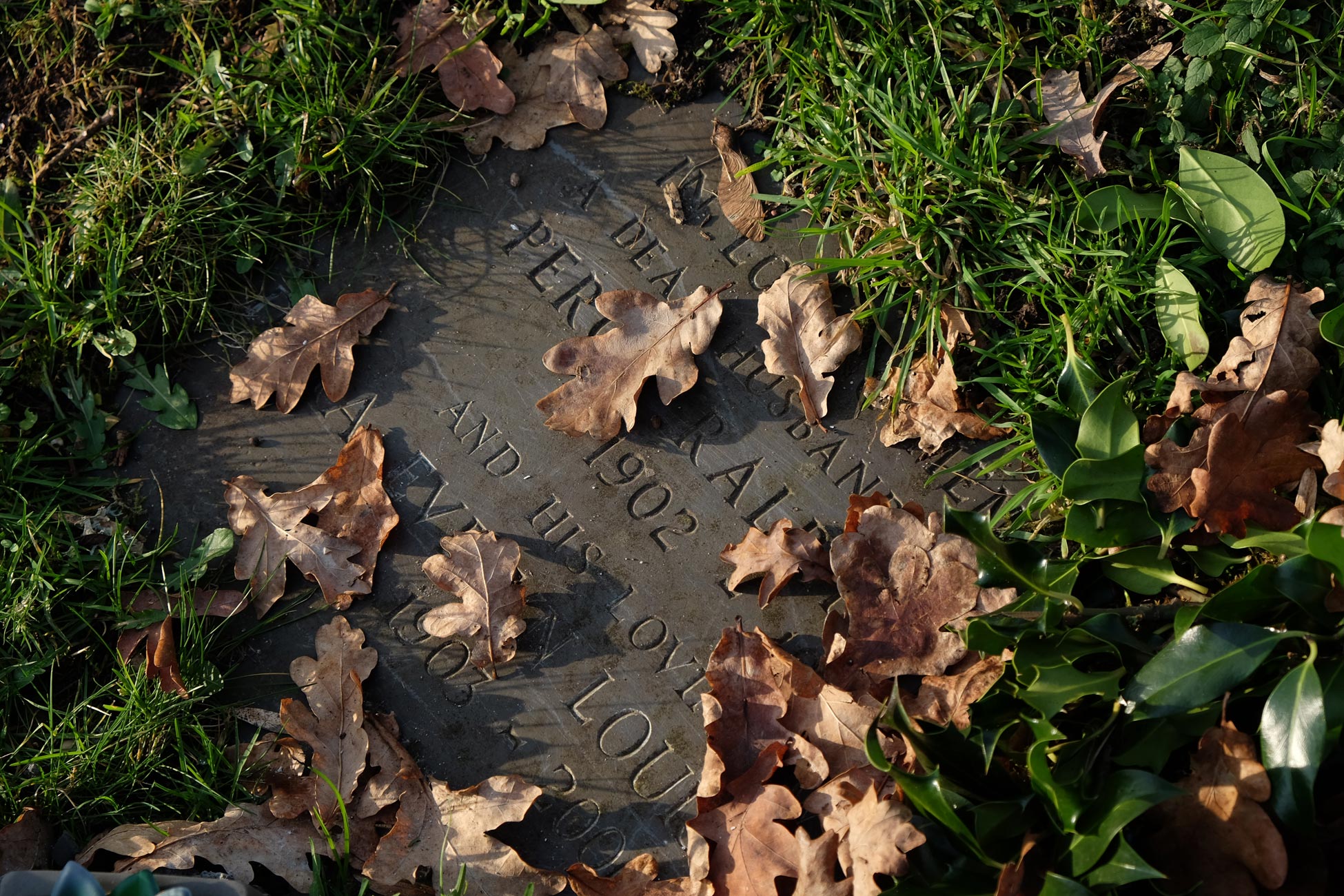
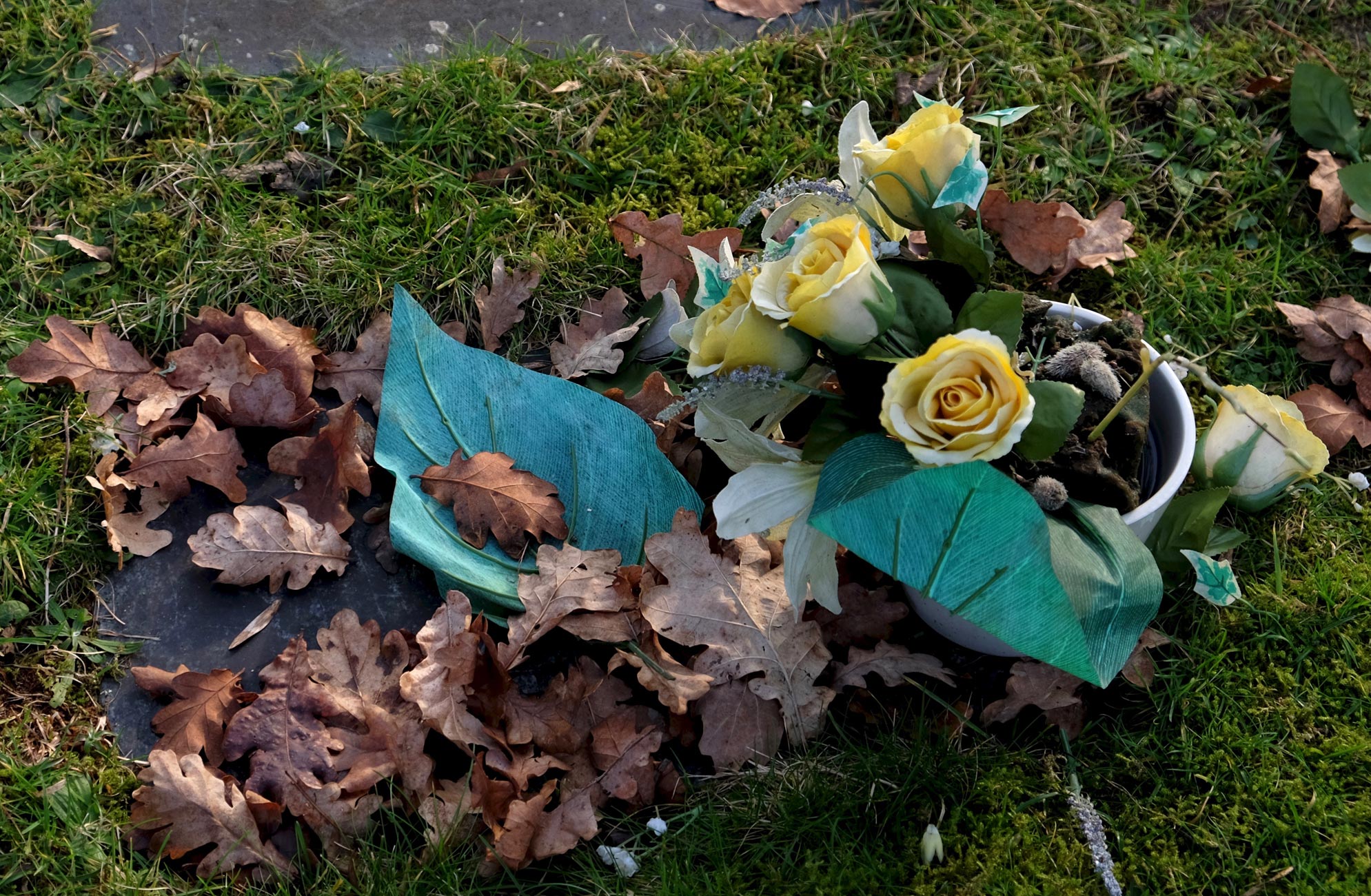

she was intrigued by the cremation plaques and their offerings from loved ones and from autumn;


I had refrained from photographing these daffodils, but she made the best of them.
I spent much of today finishing reading
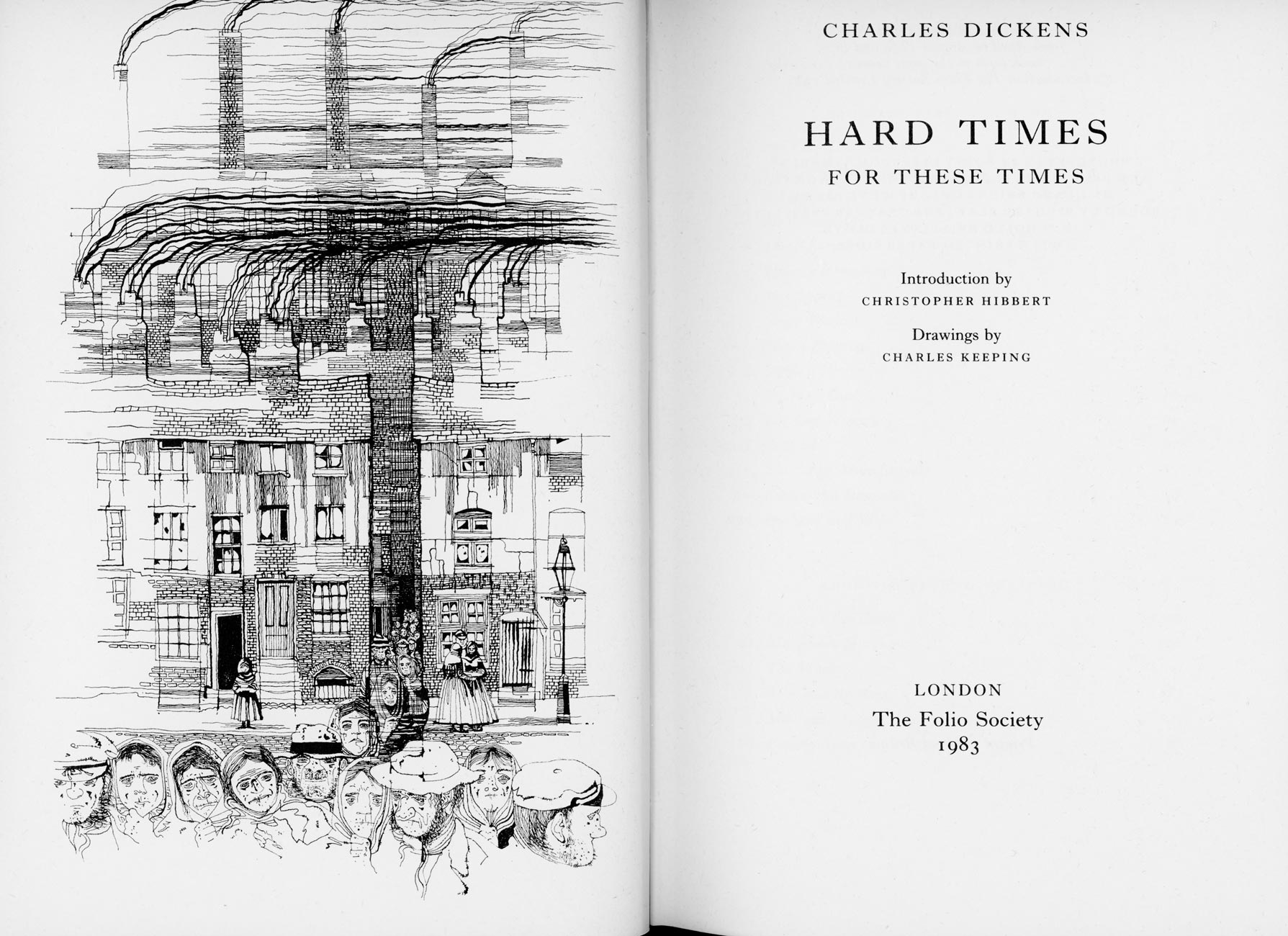
Christopher Hibbert in his knowledgeable and informative introduction places this work in the context of Dickens’s time and his works. He tells us that this begins the writer’s focus on social ills.
This is a well wrought story which largely keeps a good pace and culminates in conclusions with surprises and revelations which I will leave open to anyone wishing to read the book for the first time. The descriptions are good. Despite the harshness of the theme the author’s wry humour is much in evidence. I felt that the dialogue of two characters was irritating enough for me to skim them. One was conveyed in the supposed vernacular; another wath ath thpoken with a thevere lithp. The first indicated the humble origins of the man; the thecond I imagine wath a clownith interval. (I do apologithe WP, but I ethpect you get my point).
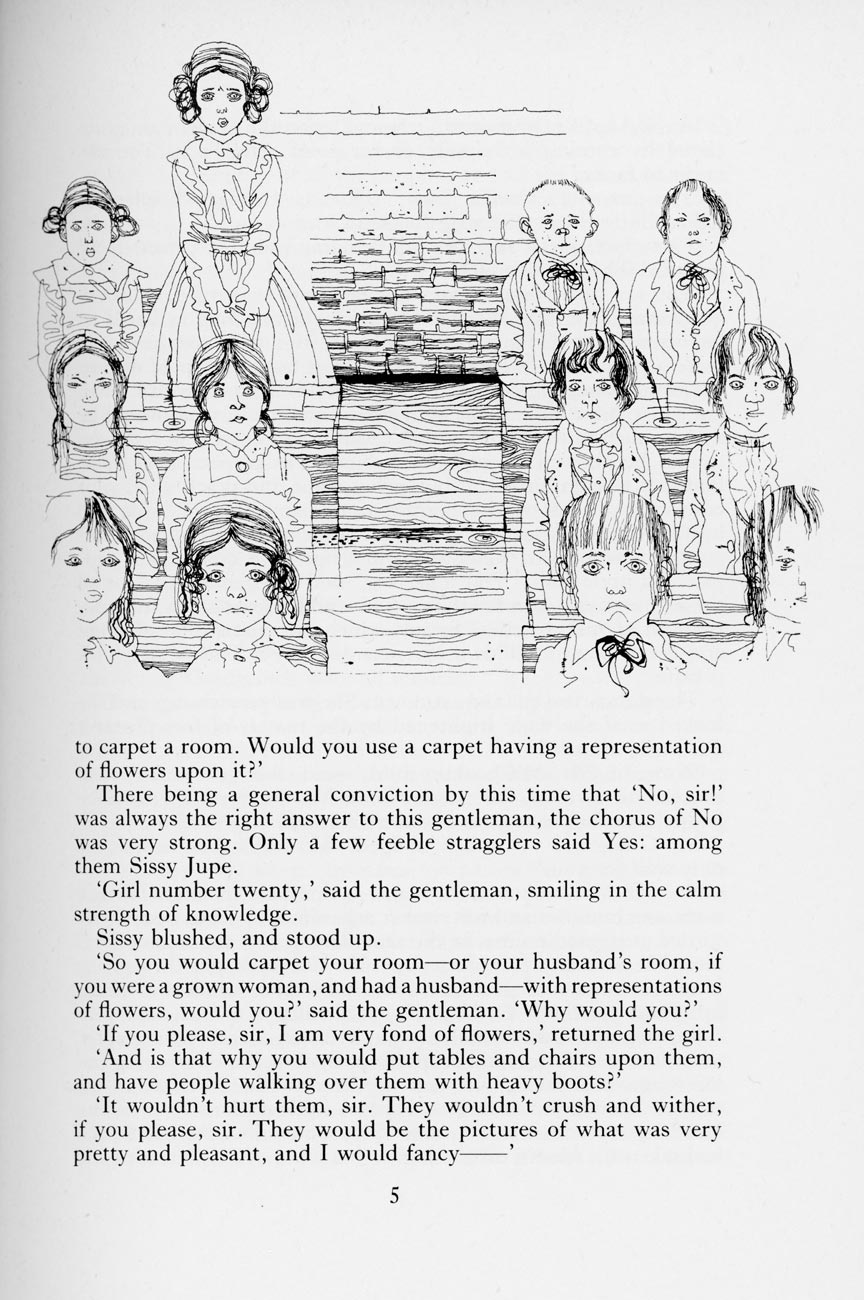
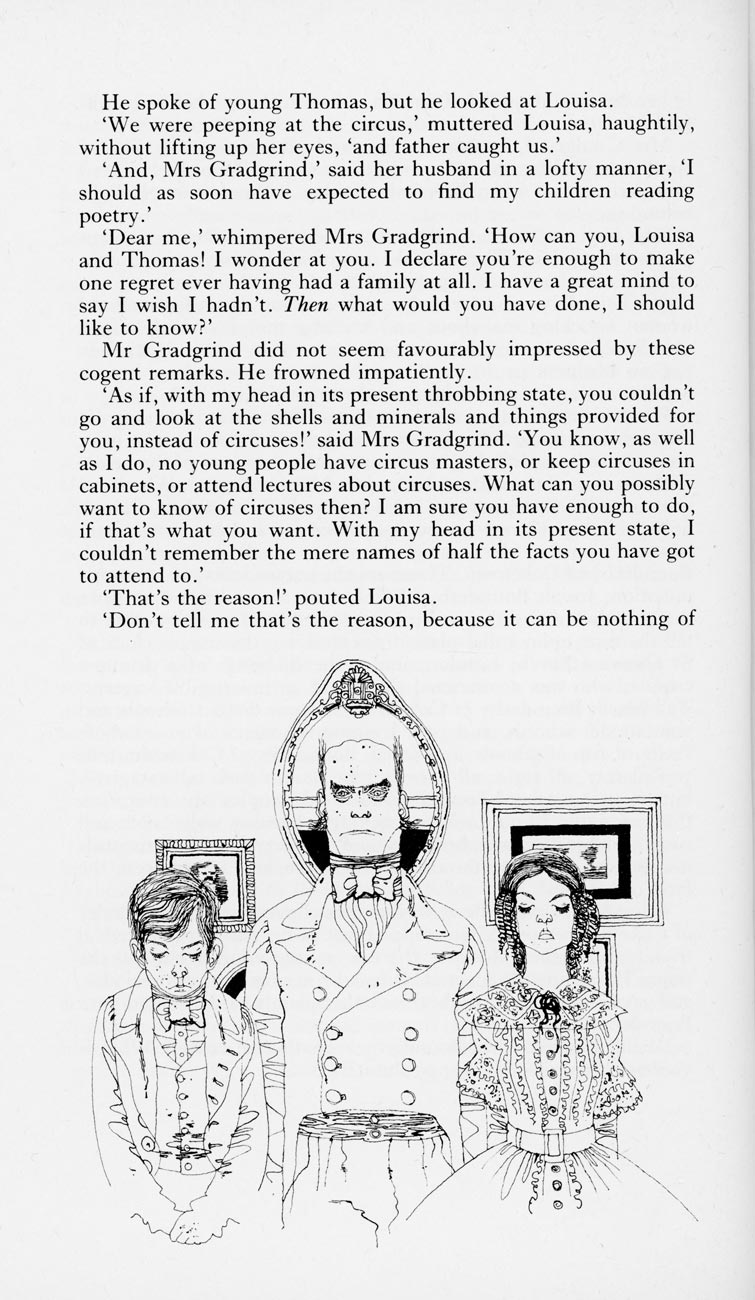
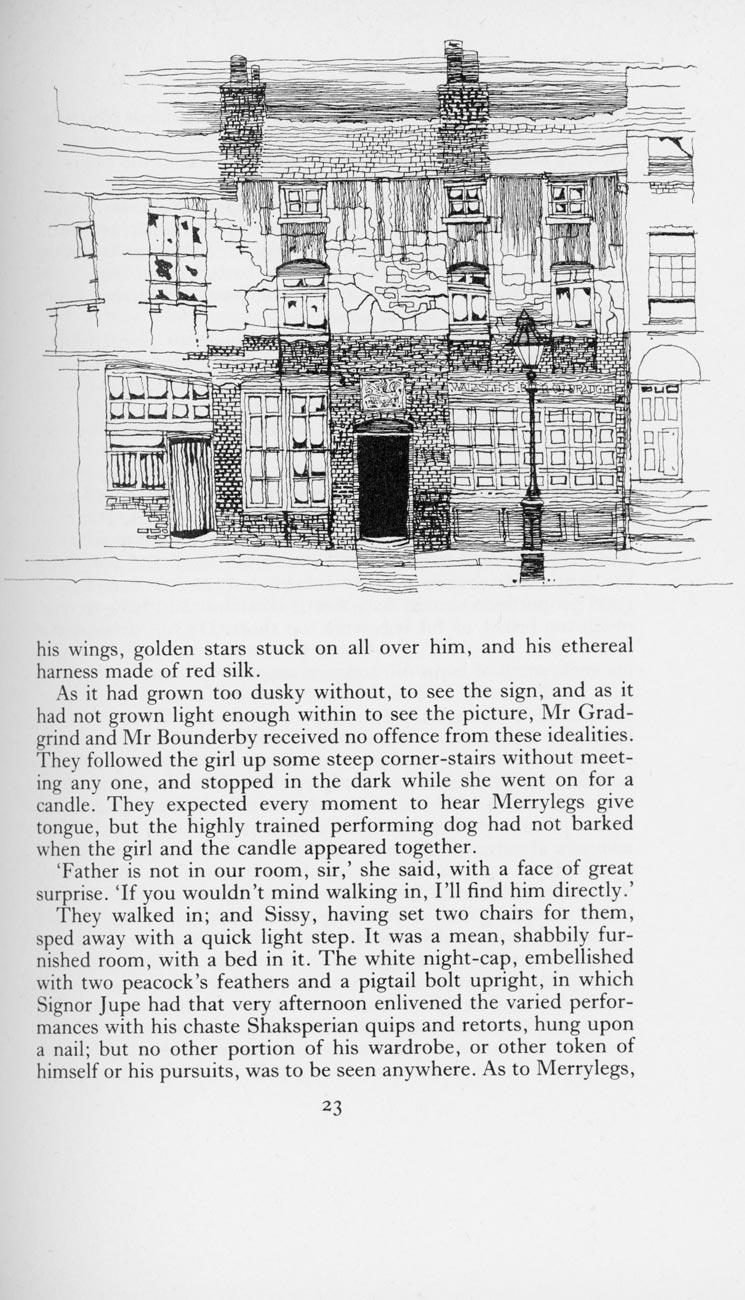
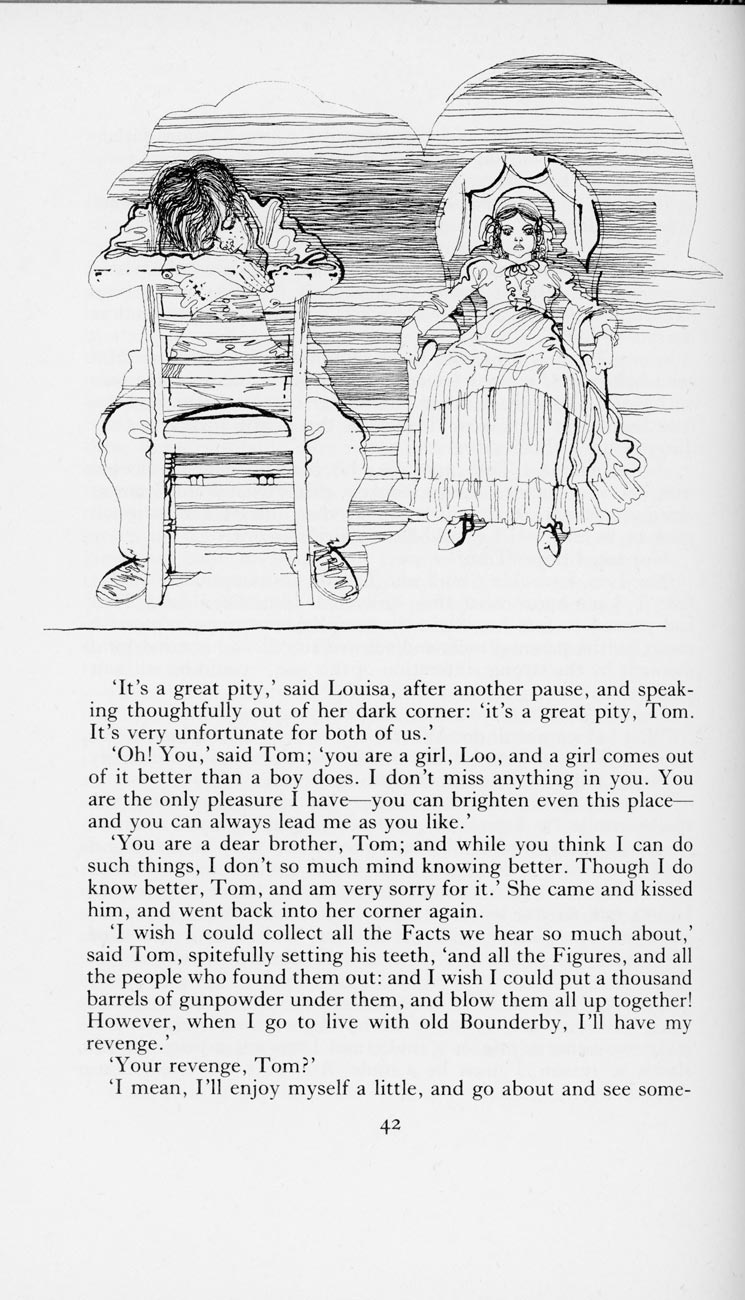
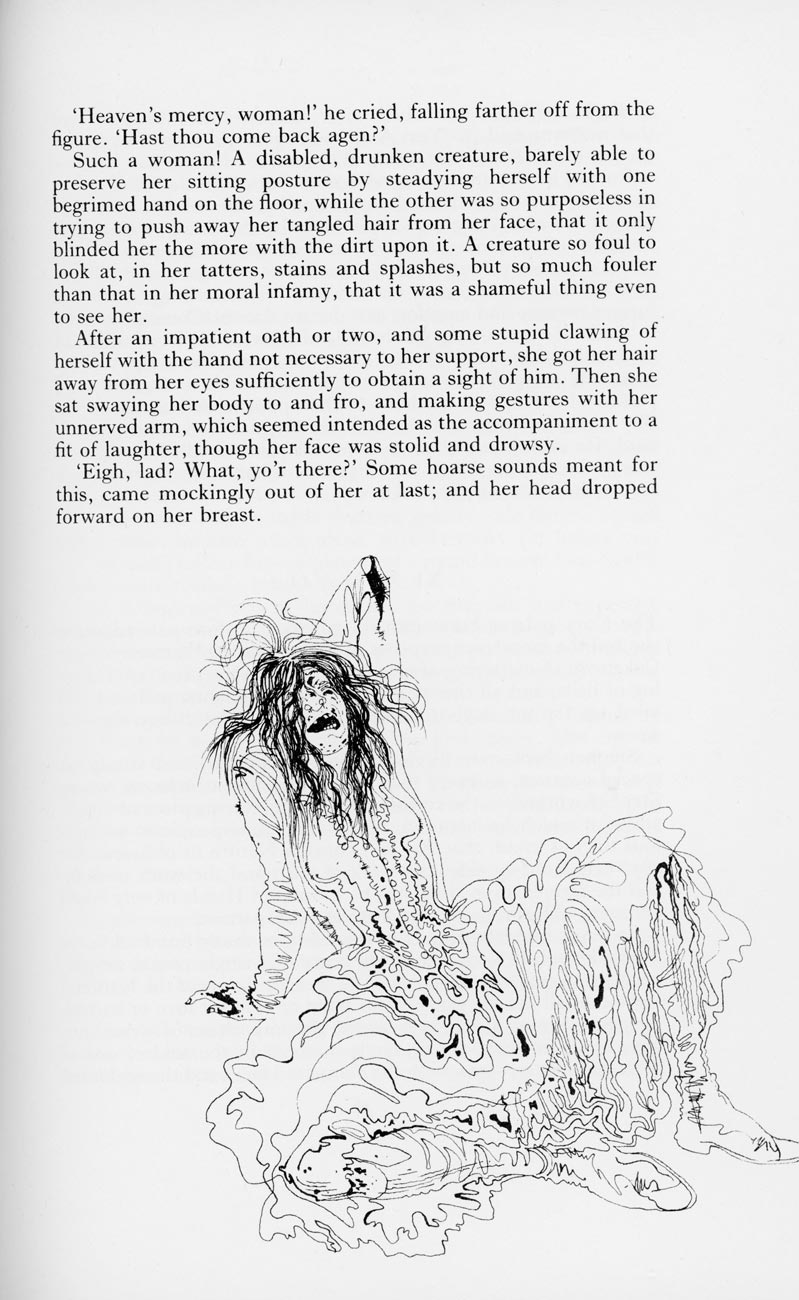


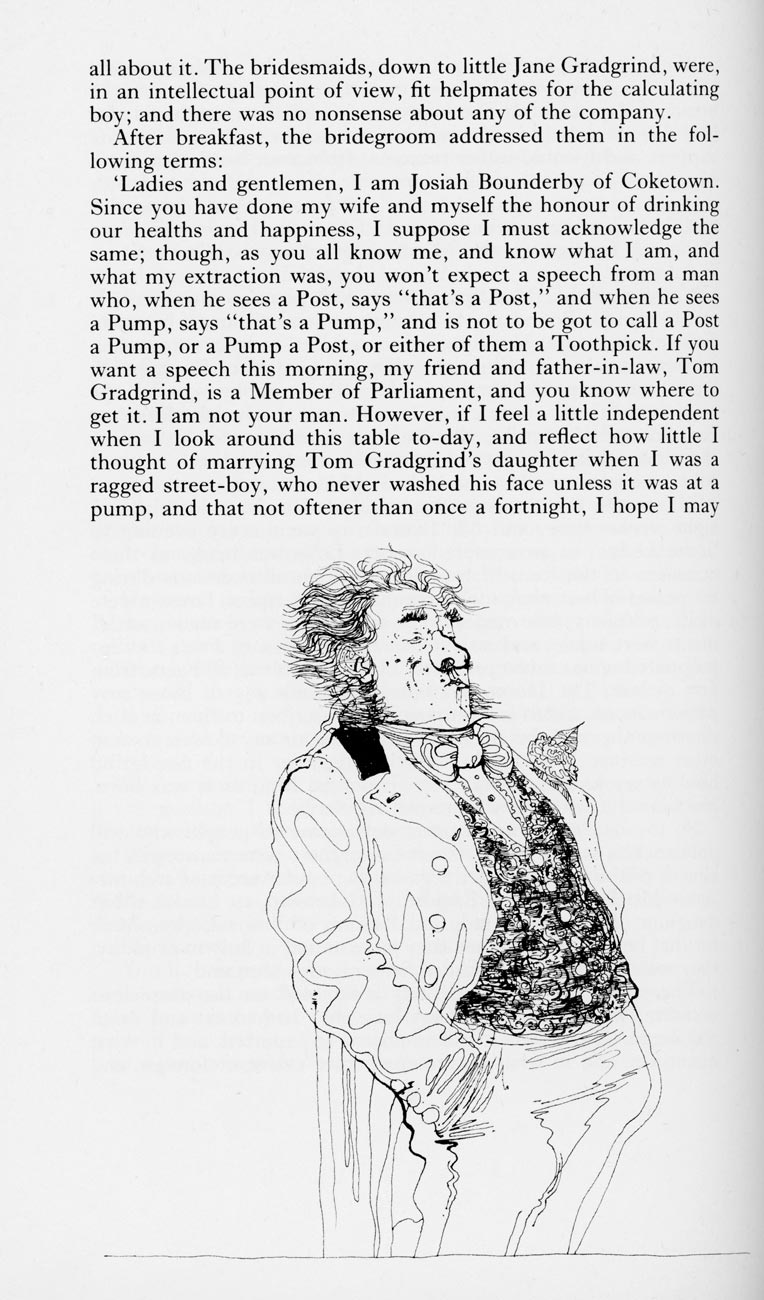


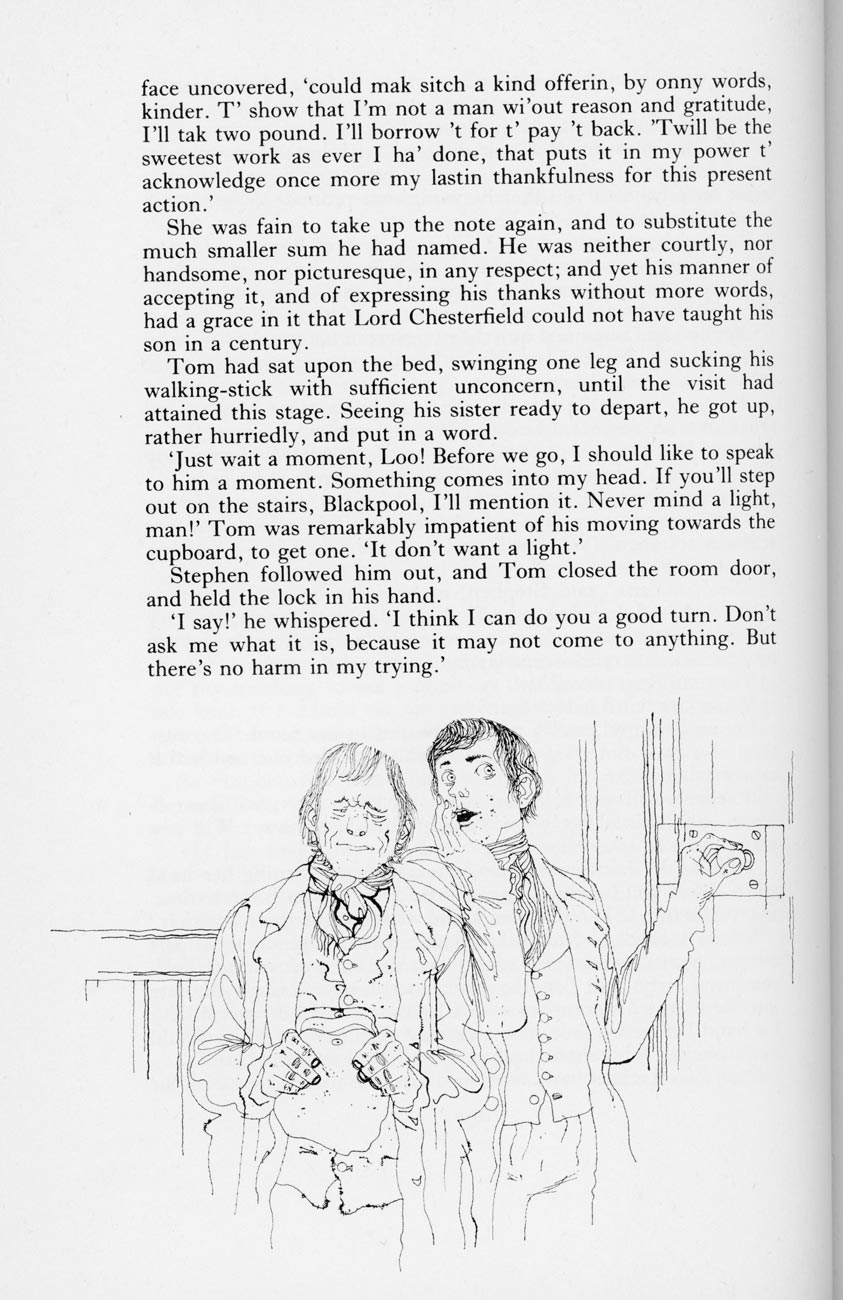


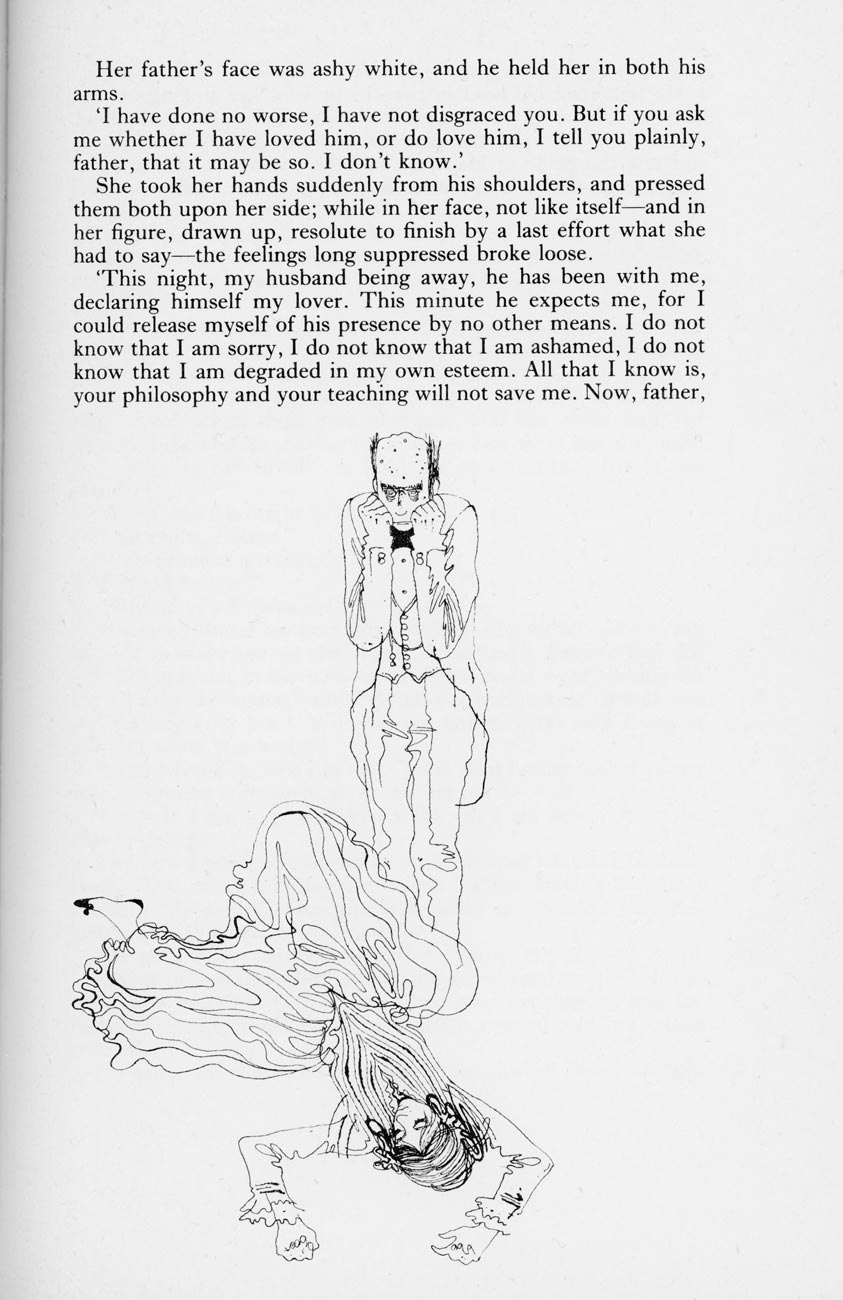




Regular readers will need no introduction to the exuberant, animated, illustrations of Charles Keeping, ever faithful to the text, and unbound by the page formats.
This evening we dined on Jackie’s variation on Cottage pie, with the addition of mashed potatoes and cheese; crunchy carrots and cauliflower, with tender cabbage, firm Brussels sprouts and tasty gravy. The Culinary Queen drank Hoegaarden and I drank more of the Shiraz.
































